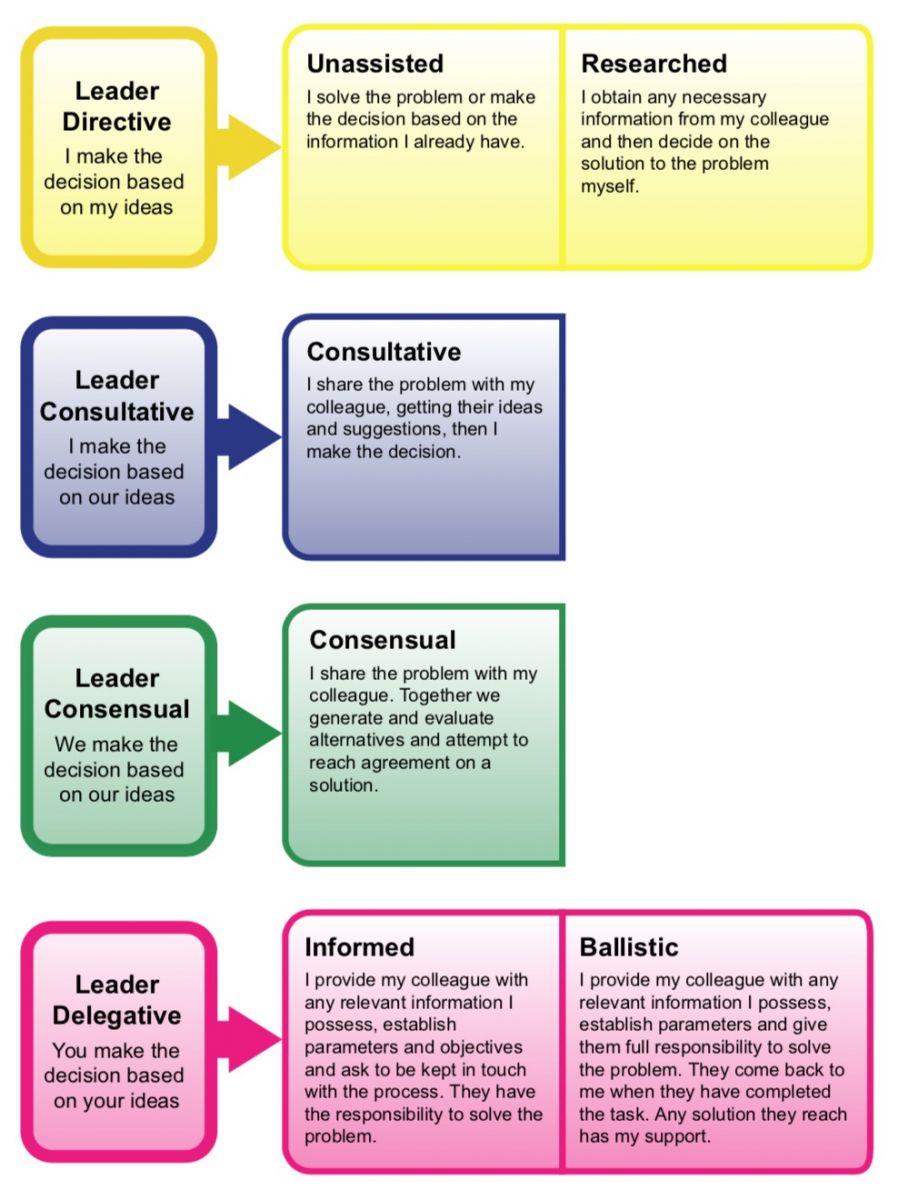Leadership Judgment Video Training
This training package consists of eight videos, organised around two workplace scenarios set in two different organisations: SymChem and ChemoCorp. Each video features a leader and a direct report, with the leader attempting to build a working relationship that he believes will enhance performance.
The roles are played by Michael Lock, co-author of Hogrefe’s Leadership Judgement Indicator (LJI), and Duncan Duff, a British stage and screen actor.
Across the videos, the leader (Michael Lock) demonstrates four distinct leadership approaches:
-
Directive
-
Consultative
-
Consensual
-
Delegative
Each style is shown in practice, with Duncan Duff’s responses revealing—often very clearly—how effective or ineffective the chosen approach is within the specific situation.
Scenerio One: SymChem
The four videos show a meeting between the Director of Operations in the European Division of SymChem, a large multi-national biochemical organization, and one of his Project Managers, Kim Bailey. The Director of Operations oversees a number of projects within SymChem but does not get directly involved in the day to day running of the projects themselves. Instead, he has a number of Project Managers who are responsible for coordinating and implementing all aspects of project delivery. Their job is to ensure that projects are completed in line with the agreed deliverables and milestones.
It has recently been brought to the Director's attention that a very important project, managed by Kim Bailey, is in danger of slipping behind schedule. Kim Bailey works in the Fine Chemicals Division of the subsidiary Telion and is responsible for delivering the Xena-II process review project. There are some concerns about the progress of this project because work is not being completed to a high standard and it is falling behind its target delivery date. Employee survey and project reporting data has alerted the Director to these slippages and now he has received messages of concern from senior engineers within the project team.
 Kim Bailey started at SymChem seven years ago after graduating with a degree in Chemical Engineering. Kim has worked up through the organization to become Project Manager and has an extremely good understanding of technical aspects of project delivery, given his background as a Chemical Engineer. Kim has traditionally managed product design projects requiring specialist technical expertise and in this area has gained credibility as an extremely competent individual. Kim has less experience in the process management area. As Kim has a reputation as a competent Project Manager the Director has so far refrained from any form of supervision up to this point.
Kim Bailey started at SymChem seven years ago after graduating with a degree in Chemical Engineering. Kim has worked up through the organization to become Project Manager and has an extremely good understanding of technical aspects of project delivery, given his background as a Chemical Engineer. Kim has traditionally managed product design projects requiring specialist technical expertise and in this area has gained credibility as an extremely competent individual. Kim has less experience in the process management area. As Kim has a reputation as a competent Project Manager the Director has so far refrained from any form of supervision up to this point.
Kim Bailey is in the building for another meeting later today so the Director has taken the opportunity to meet him. During the meeting the Director aims to:
• investigate Kim’s view of the progress made on the project so far;
• establish a definite plan of action for the implementation of the project;
• identify any support that Kim needs;
• discuss any other issues that Kim wishes to raise;
• identify ways to help Kim motivate his team.
Leadership Style Alternatives
 There are four possible ways the Director could lead this meeting:
There are four possible ways the Director could lead this meeting:
a) Use a Directive approach - having questioned Kim about the facts, the Director could decide on the solution himself and tell Kim exactly what he needs to do.
b) Use a Consultative Approach - having discussed the situation with Kim, the Director could get Kim's ideas and suggestions, then use these to tell Kim exactly what he needs to do.
c) Use a Consensual approach - having discussed the situation with Kim, the Director and Kim could collaboratively generate and evaluate alternatives and attempt to reach agreement on a solution.
d) Use a Delegative approach - having questioned Kim about the facts, the Director could provide Kim with clear parameters and objectives and give him the responsibility to solve the problem.
Your Task
Watch each episode and assess how effectively the Director of Operation’s chosen approach helps him achieve his objectives.
Identify which leadership style proves most successful—and consider whether that outcome aligns with what you would have predicted based on the information provided above.
